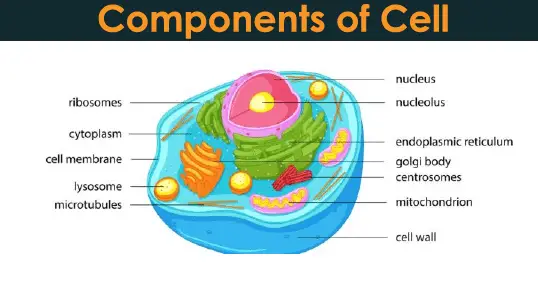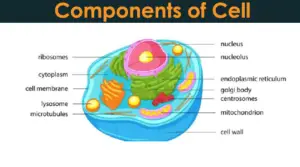
What is a cell ?
What is a cell: a cell is a very basic unit which together with other same cells makes a whole organism. It is actually a thing that is enclosing various organelles inside using an outer membrane. It is considered very complex machinery from inside along with all organelles.
All the organelles within it are performing perfectly their pre-defined jobs. There are about 37 trillion cells in the human body. If any organelle inside the cell’s body stops working for any reason then there will be a problem reflects in the form of illness/sickness to the organism.
Types of cell:
There are two main types of cell, Prokaryotic and Eukaryotic cells. Eukaryotic cells are those that contain their DNA enclosed in the nucleus but a Prokaryotic cell is the opposite of it which contains its DNA freely moving in the cell’s cytoplasm without a nucleus.
Remember these two types of cells are not present in the same organism at the same time. Actually these types of cells decide the type of organism. As there are two types of cells, obviously, there will be two types of organisms prokaryotic and eukaryotic organisms.
Let us discuss organisms that are made of these two types of cells: If we talk about humans then humans are eukaryotic multicellular organisms WHILE bacteria is a prokaryotic unicellular organism. Multicellular organisms made of multiple cells but unicellular organisms are made of single cells and all the life activities are going inside only the single cell.
What are Cell Organelles and Components?
What are cell organelles: These are the components that are working inside the body of cells. The jobs they are performing are pre-defined. If any organelle inside stops performing its job then there will a problem arise in the form of sickness to the organism.
Components:
Components of cell include many different parts, each with a different function, and some of these parts are specialized structures that perform specific tasks within the cell. cells can be considered a complex machinary. The components working inside are also called cell’s organelles.

Cytoplasm: Cytoplasm is actually inside cavity of the cell, and it consists of gel-like fluids called Cytosol/Cytoplasm, and other structures that surround the nucleus.
Endoplasmic Reticulum: It is a network like organelle that helps to address the particles created by the cells, and transferred to the specified destination, whether inside or outside the cell.
Golgi Apparatus: The Golgi apparatus collects the molecules that have been treated by the endoplasmic reticulum, to be transported out of the cells.
Lysosome & Peroxisome: Lysosomes and Peroxisomes are the recycling center in cells, where foreign bacteria that have entered the cell are digested and they get rid of the toxins in the cell.
Ribosomes: Ribosomes are organisms that address the cell’s genetic instructions for protein formation. These organisms can float freely in the cytoplasm, or they can be connected to the endoplasmic reticulum.
Mitochondria: Mitochondria is considered an energy house of the cells. It works to make energy from the food into a form that can be used by the cell to perform various cellular activities.
Plasma Membrane: The plasma membrane forms the outer lining of the cells which separate them from its environment, and allowing materials to enter and leave it.
The Nucleus: The nucleus is considered a center of guidance in the cells. It sends commands to the cells to grow, mature, divide and die, and it contains the DNA and the genetic materials of cells. It is surrounded by a membrane called the nuclear membrane, which works to protect the DNA and separates the nucleus from the rest of the cell.